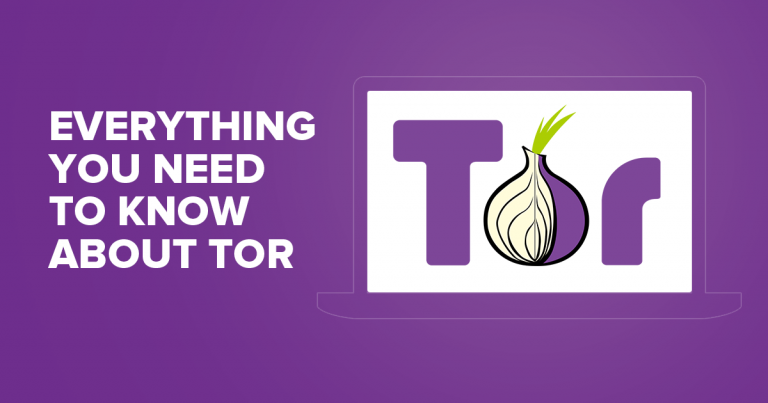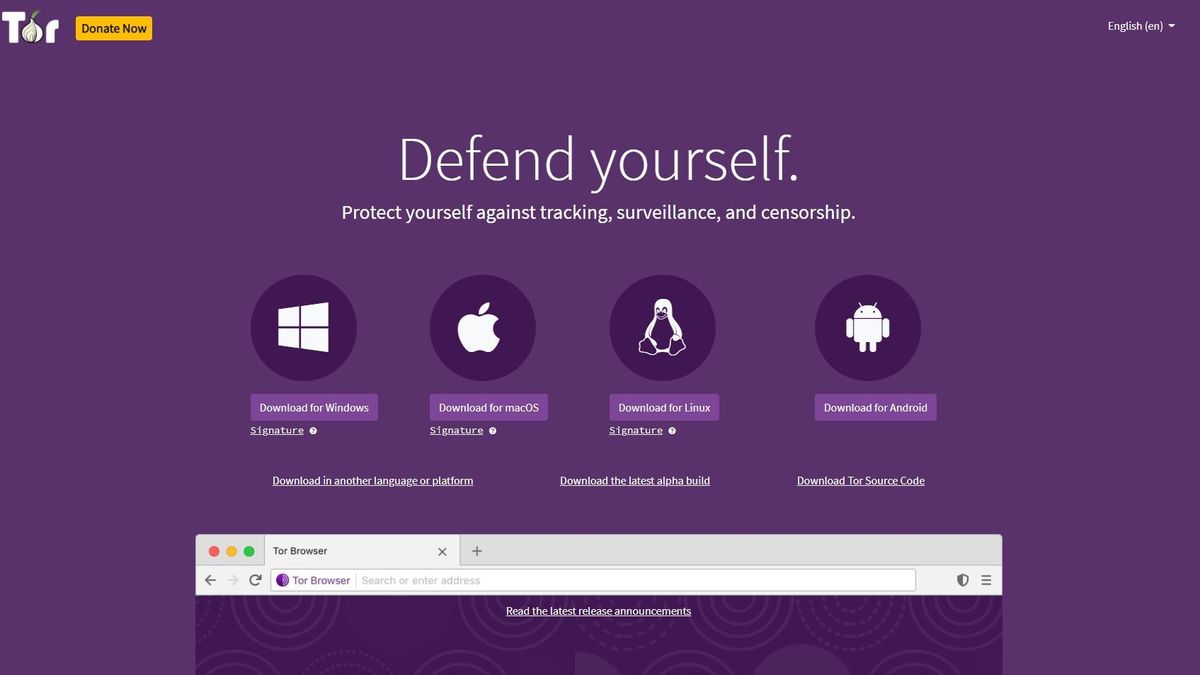

We anticipate that our findings will help researchers, tool designers, and privacy advocates educate the public about privacy- and security-enhancing technologies. For example, some participants suggested that the privacy protections offered by private browsing, VPNs, and Tor Browser would also protect them from security threats – a misconception that might expose them to preventable risks. Some types of misconceptions were common across tools and scenarios, while others were associated with particular combinations of tools and scenarios. Our thematic analysis of participants’ responses revealed diverse forms of misconceptions. We asked about participants’ perceptions of the protections provided by these tools across twelve realistic scenarios. Towards that end, we conducted a demographically-stratified survey of 500 US participants to measure their use of and perceptions about five web browsing-related tools: private browsing, VPNs, Tor Browser, ad blockers, and antivirus software. Effectively encouraging the adoption of privacy tools requires insights into people’s tool awareness and understanding.

Unfortunately, people are often unaware of such tools, and have potentially harmful misconceptions about the protections provided by the tools they know about. Privacy and security tools can help users protect themselves online.

Our study contributes to a greater understanding of factors influencing the adoption of Tor Browser, and how nudges might be used to encourage the adoption of Tor Browser and similar privacy enhancing technologies.

We did not find statistically significant evidence of our action planning nudge increasing use of Tor Browser. Our coping planning nudge also increased use of Tor Browser, but only in the week following our intervention. We find that our PMT-based intervention increased use of Tor Browser in both the short- and long-term. We test these nudges in a longitudinal field experiment with 537 participants. Finally, we add a coping planning implementation intention, designed to help participants overcome challenges to using Tor Browser, such as extreme website slowness. Next, we add an action planning implementation intention, designed to help participants identify opportunities for using Tor Browser. First, we test an informational nudge based on protection motivation theory (PMT), designed to raise awareness of Tor Browser and help participants form accurate perceptions of it. In this study, we test the effectiveness of nudging interventions that encourage the adoption of Tor Browser. This may be due to usability challenges, misconceptions, behavioral biases, or mere lack of awareness. However, tools which provide the strongest protections-such as Tor Browser-have struggled to achieve widespread adoption. Browsing privacy tools can help people protect their digital privacy.


 0 kommentar(er)
0 kommentar(er)
